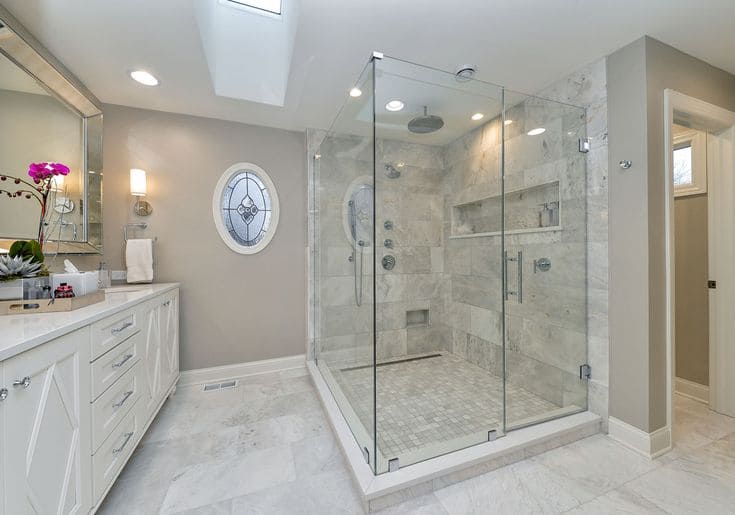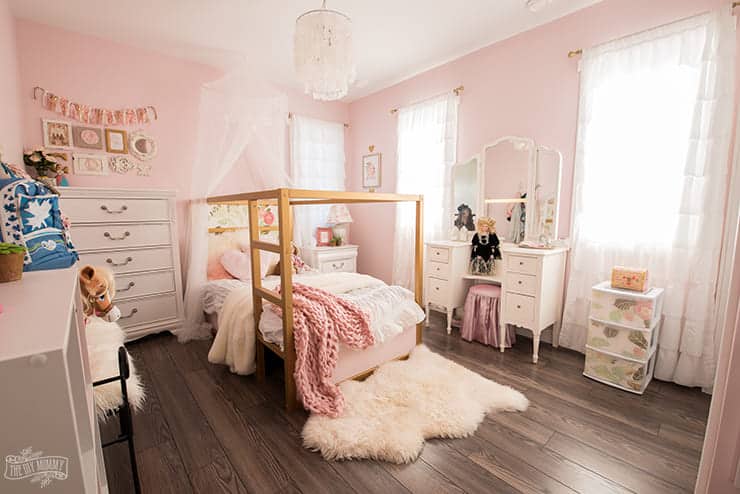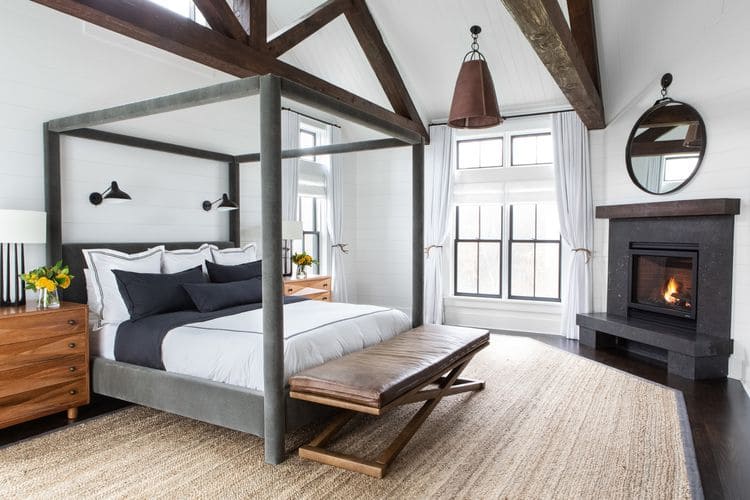When it comes to constructing a shower, the foundation is as crucial as the design itself. Among the key elements of a well-built shower is its framing, particularly the walls. Shower wall framing provides structural support for the enclosure and ensures stability and durability over time. In this guide, we’ll delve into the intricacies of shower wall framing, covering everything from materials and tools to techniques and tips for a flawless installation.
Understanding the Basics
Before diving into the nitty-gritty details, it’s essential to grasp the fundamentals of shower wall framing. The primary goal is to create a sturdy framework that can withstand the weight of tiles, fixtures, and regular use. Additionally, the frame should be able to resist moisture and prevent mold and mildew growth, common issues in wet environments like showers.
Materials and Tools
The choice of materials for shower wall framing is critical to its performance and longevity. Typically, builders opt for pressure-treated lumber or moisture-resistant materials like redwood or cedar. These woods have natural properties that make them resistant to decay and moisture infiltration. Additionally, using stainless steel or galvanized steel studs is another option, especially in areas prone to high humidity or moisture.
In terms of tools, you’ll need a framing hammer, a circular saw or miter saw for cutting lumber, a level for ensuring straight and plumb walls, and a framing square for making accurate measurements and cuts. A cordless drill with appropriate bits and screws will also be necessary for assembling the frame.
Planning and Preparation
Before starting the framing process, careful planning is essential. Begin by measuring the dimensions of the shower area and determining the layout of the walls. Take into account any alcoves or niches for shampoo and soap storage, as well as the location of plumbing fixtures and drainage.
Once you have a clear plan in place, it’s time to prepare the area for framing. This involves removing any existing wall coverings, such as drywall or tile, and ensuring that the subfloor is clean and level. Inspect the studs and joists for any signs of damage or rot and make necessary repairs before proceeding.
Framing Techniques
There are several techniques for framing shower walls, depending on the design and layout of the enclosure. The most common method involves building a stud wall using 2×4 or 2×6 lumber spaced at regular intervals. Start by installing the bottom plate along the subfloor, followed by the top plate secured to the ceiling joists or blocking.
Next, cut and install the vertical studs, ensuring they are plumb and spaced according to local building codes. Use a level to check for straightness and make adjustments as needed. For added stability, consider adding blocking between the studs at mid-height and near the top plate.
In areas where the shower walls meet exterior walls or corners, it’s essential to properly frame and reinforce the junctions to prevent water infiltration and ensure structural integrity. Use metal corner braces or framing anchors to securely fasten the intersecting walls together.
Moisture Barrier and Waterproofing
Once the frame is in place, it’s crucial to install a moisture barrier to protect the framing from water damage. This typically involves covering the studs with a layer of waterproofing membrane or building paper. Pay special attention to seams and joints, ensuring they are properly sealed to prevent moisture penetration.
In addition to the moisture barrier, consider applying a waterproofing membrane to the entire shower enclosure, including the walls, floor, and ceiling. This extra layer of protection will help prevent water damage and mold growth, ensuring a long-lasting and low-maintenance shower.
Conclusion
Building a sturdy and reliable shower wall frame is essential for creating a functional and durable shower enclosure. By following the steps outlined in this guide and using quality materials and techniques, you can ensure that your shower walls are built to last. Remember to pay attention to detail, especially when it comes to moisture protection, to avoid costly repairs down the line. With proper planning and execution, you’ll be well on your way to enjoying a beautiful and hassle-free shower for years to come.





